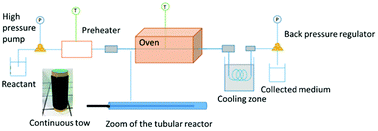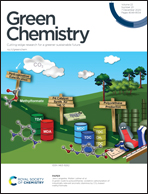A water-based process for the surface functionalisation of ceramic fibres
Abstract
This research work applied the hydrothermal process for the surface treatment of ceramic fibres which are integrated into ceramic matrix composites (CMCs). In the conventional process, the main step consists of dissolving the oxidised phases at the fibre surface using strong acids. As a consequence, the chemical homogeneity of the surface is improved and a microporous carbon (C) film is generated at the fibre surface. The C-rich surface enhances the compatibility of the fibre with the pyrocarbon interphase that is deposited on the fibres prior to matrix deposition when processing CMCs. This paper shows the possibility of substituting this conventional process using strong acids by hydrothermal treatment. Indeed, as water displays tunable physico-chemical properties as a function of temperature and pressure, it is possible to recover fibres demonstrating similar surface characteristics to the ones obtained after the reference acid-based treatment. The efficiency of the hydrothermal treatment is assessed through optimised surface properties obtained after one single-step process operating in a semi-continuous mode. Then, a mechanism investigation reveals a selective attack of the Si atoms contained in the fibre via a hydrolysis reaction. Besides, it is denoted that the process follows zero order kinetics. This allows fine control of the fiber surface properties to obtain CMCs with high thermomechanical performance.

- This article is part of the themed collection: 2020 Green Chemistry Hot Articles


 Please wait while we load your content...
Please wait while we load your content...